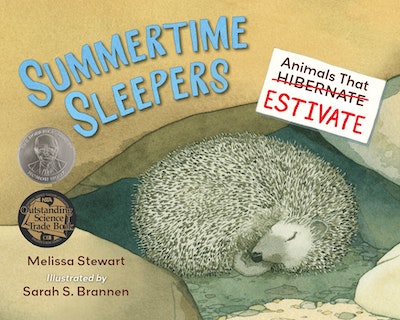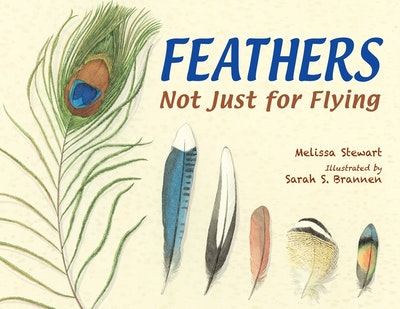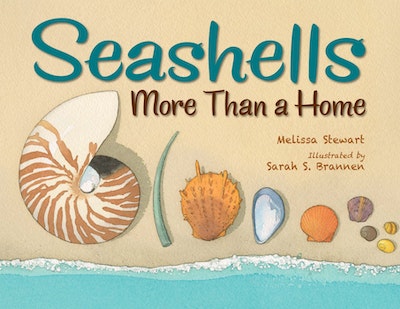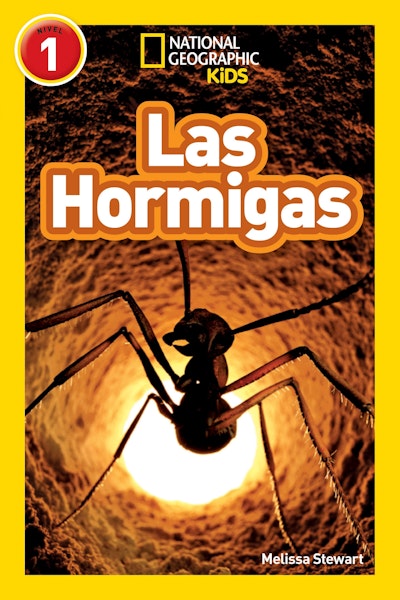[]
- Published: 20 July 2021
- ISBN: 9781580897167
- Imprint: Charlesbridge Children
- Format: Hardback
- Pages: 40
- RRP: $37.99
Summertime Sleepers
Animals That Estivate
Formats & editions
Buy from…
- Published: 20 July 2021
- ISBN: 9781580897167
- Imprint: Charlesbridge Children
- Format: Hardback
- Pages: 40
- RRP: $37.99
Praise for Seashells: More Than a Home (Stewart/Brannen)
Praise for Feathers: Not Just for Flying (Stewart/Brannen)
- "A delightful addition to an elementary library's nonfiction collection."--School Library Journal
- "A focused and thorough examination that highlights the striking beauty of these often-unnoticed natural objects."--Publishers Weekly, starred review
- Chicago Public Library's Best Informational Books for Younger Readers
- Bulletin Blue Ribbon from the Bulletin of the Center for Children's Books
- AAAS's Science Books & Films Best List
Praise for No Monkeys, No Chocolate (Stewart)
- NSTA/CBC Outstanding Science Trade Books for Students K-12
- "Children--and more than a few adults--will find this educational you-are-there journey to the rain forest fascinating."--Kirkus Reviews, starred review
- An NSTA/CBC Outstanding Science Trade Books for Students K-12
- Reading is Fundamental's STEAM Multicultural Booklist
- Bank Street College of Education's Best Children's Books of the Year
Praise for Seashells: More Than a Home (Stewart/Brannen)
"A delightful addition to an elementary library's nonfiction collection."--School Library Journal Praise for Feathers: Not Just for Flying (Stewart/Brannen)"A focused and thorough examination that highlights the striking beauty of these often-unnoticed natural objects."--Publishers Weekly, starred review Chicago Public Library's Best Informational Books for Younger Readers Bulletin Blue Ribbon from the Bulletin of the Center for Children's Books AAAS's Science Books & Films Best List NSTA/CBC Outstanding Science Trade Books for Students K-12 Praise for No Monkeys, No Chocolate (Stewart)"Children--and more than a few adults--will find this educational you-are-there journey to the rain forest fascinating."--Kirkus Reviews, starred review An NSTA/CBC Outstanding Science Trade Books for Students K-12 Reading is Fundamental's STEAM Multicultural Booklist Bank Street College of Education's Best Children's Books of the Year









